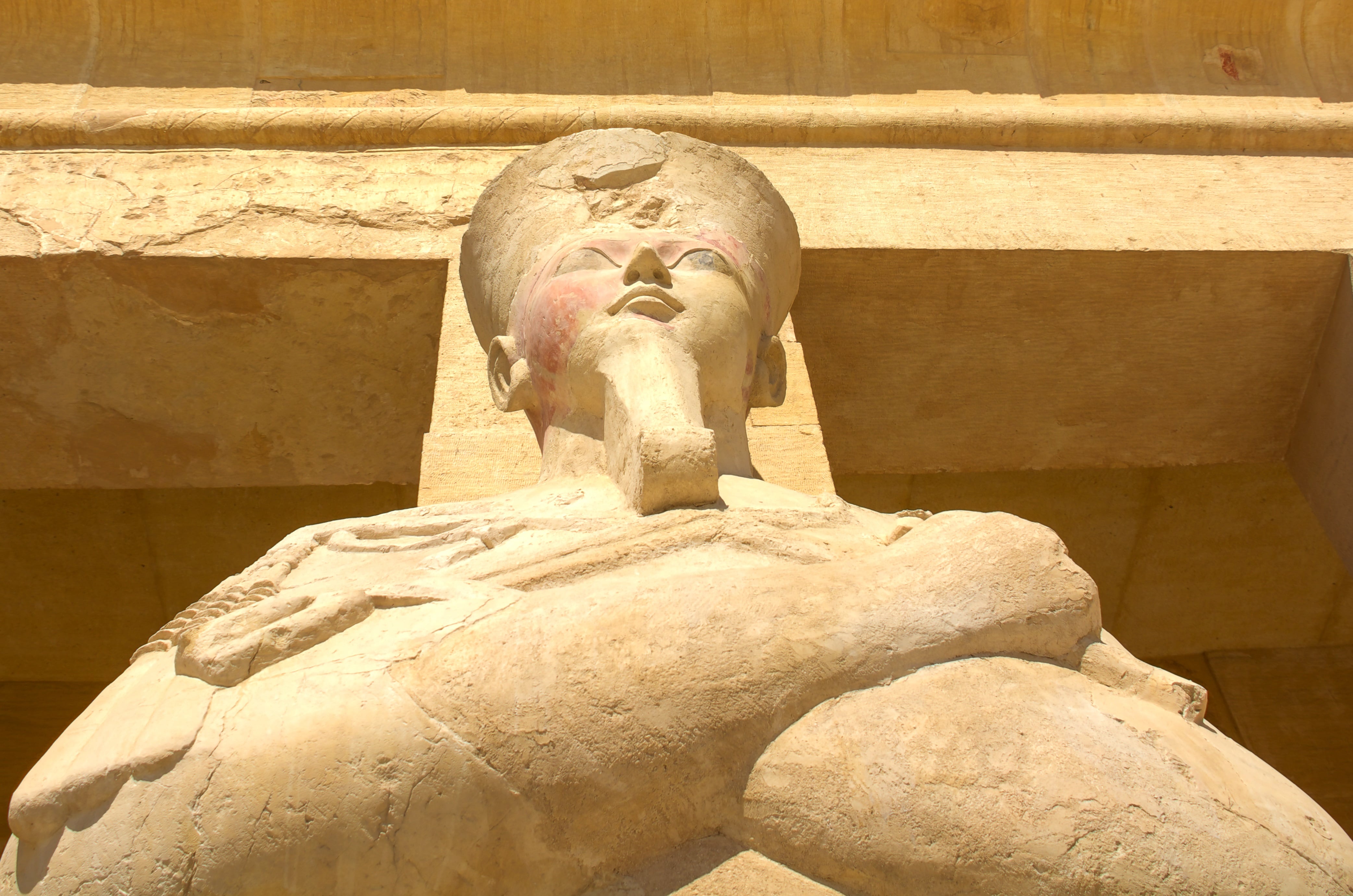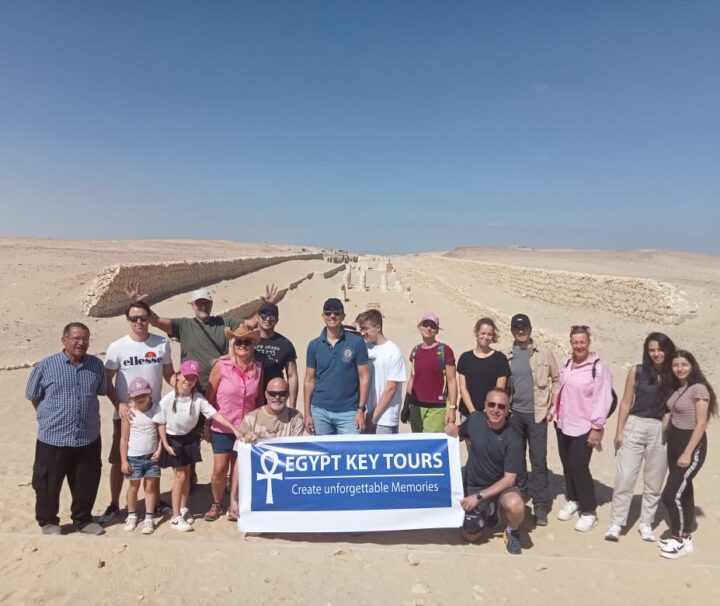Hatshepsut
Hatshepsut was the longest reigning female pharaoh in Egypt, ruling for 20 years in the 15th century B.C. She is considered one of Egypt’s most successful pharaohs.
Born circa 1508 B.C., Queen Hatshepsut reigned over Egypt for more than 20 years. She served as queen alongside her husband, Thutmose II, but after his death, claimed the role of pharaoh while acting as regent to her step-son, Thutmose III. She reigned peaceably, building temples and monuments, resulting in the flourish of Egypt. After her death, Thutmose III erased her inscriptions and tried to eradicate her memory
Under Hatshepsut’s reign, Egypt prospered. Unlike other rulers in her dynasty, she was more interested in ensuring economic prosperity and building and restoring monuments throughout Egypt and Nubia than in conquering new lands.
She built the temple Djeser-djeseru (“holiest of holy places”), which was dedicated to Amon and served as her funerary cult, and erected a pair of red granite obelisks at the Temple of Amon at Karnak, one of which still stands today. Hatshepsut also had one notable trading expedition to the land of Punt in the ninth year of her reign. The ships returned with gold, ivory and myrrh trees, and the scene was immortalized on the walls of the temple.





